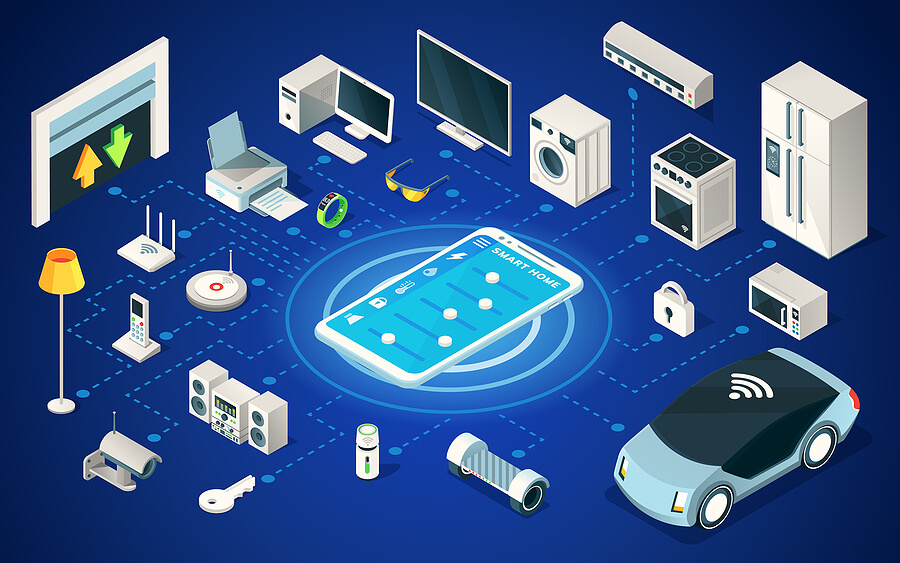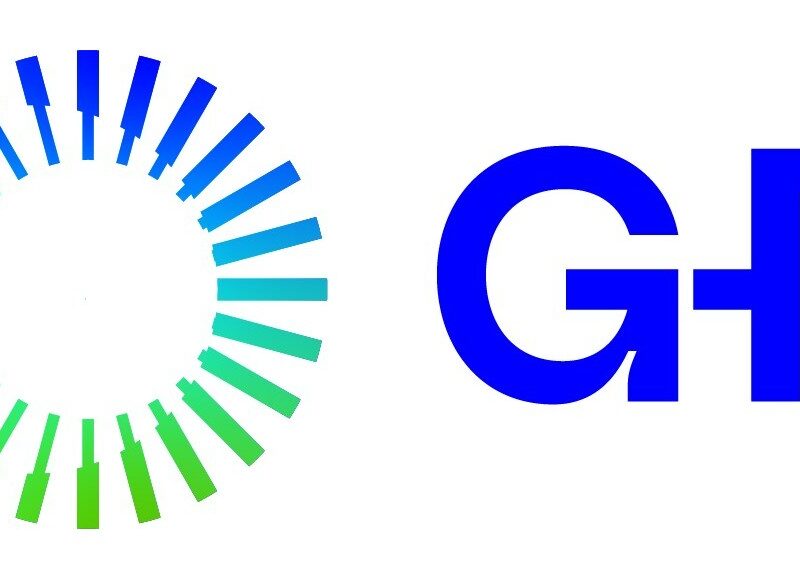
The Internet of Things (IoT) has evolved from a futuristic concept into a tangible reality, seamlessly integrating technology into our everyday lives. IoT gadgets are not just enhancing convenience but are also revolutionizing how we interact with the world around us. From homes and workplaces to health and leisure, IoT is transforming daily life in ways previously unimaginable. Here’s a closer look at how these gadgets are reshaping our routines and environments.
1. Smart Homes: Redefining Comfort and Convenience
IoT gadgets have turned traditional homes into smart homes, offering unparalleled control and automation. Devices like smart thermostats, lighting systems, and security cameras are making homes more efficient, secure, and personalized.
Key Examples:
- Smart Thermostats: Devices like Nest and Ecobee learn user preferences and optimize heating and cooling, saving energy and costs.
- Smart Lights: Systems like Philips Hue allow users to adjust lighting remotely, create schedules, and customize ambiance.
- Smart Locks and Security Cameras: Gadgets such as August Smart Lock and Ring Cameras enhance home security with remote monitoring and keyless entry.
The integration of IoT in homes simplifies daily chores, enhances security, and provides comfort with just a few taps or voice commands.
2. Healthcare: Improving Wellness and Accessibility
IoT devices in healthcare are empowering individuals to take control of their health. Wearable devices, remote monitoring systems, and AI-powered health gadgets are transforming the way we manage wellness.
Key Examples:
- Wearable Fitness Trackers: Gadgets like Fitbit and Apple Watch track steps, heart rate, and sleep patterns, encouraging healthier lifestyles.
- Remote Monitoring Devices: IoT-enabled devices allow patients to monitor vital signs, such as blood pressure and glucose levels, from home.
- Smart Pill Dispensers: Automated devices help users adhere to medication schedules by providing reminders and dosage instructions.
By enabling continuous health monitoring and connecting patients with healthcare providers, IoT is making healthcare more proactive and accessible.
3. Workplaces: Enhancing Productivity and Efficiency
The adoption of IoT gadgets in workplaces is optimizing operations, improving productivity, and enhancing employee experiences. From smart desks to advanced building management systems, IoT is reshaping the modern office.
Key Examples:
- Smart Desks: Adjustable desks with IoT integration promote ergonomics and allow users to track activity levels.
- Building Management Systems: IoT sensors monitor energy usage, adjust lighting, and control HVAC systems for cost efficiency.
- Collaborative Tools: Devices like interactive whiteboards and smart conferencing tools streamline communication and teamwork.
IoT in workplaces fosters a more efficient and connected environment, helping businesses thrive in a competitive landscape.
4. Transportation: Revolutionizing Mobility
IoT is playing a pivotal role in transforming transportation, making it smarter, safer, and more sustainable. From connected vehicles to smart traffic management, IoT is enhancing how we move from one place to another.
Key Examples:
- Connected Cars: IoT-enabled vehicles offer real-time diagnostics, navigation assistance, and driver safety features.
- Ride-Sharing Services: Platforms like Uber and Lyft rely on IoT for efficient routing and tracking.
- Smart Traffic Systems: IoT sensors monitor traffic flow, reduce congestion, and improve urban mobility.
These advancements not only save time and resources but also contribute to a greener, more sustainable future.
5. Retail: Personalizing Shopping Experiences
IoT gadgets are transforming the retail industry by offering personalized shopping experiences and improving inventory management. From smart shelves to automated checkout systems, IoT is enhancing both customer and retailer experiences.
Key Examples:
- Smart Shelves: Sensors track inventory levels in real time, ensuring products are always available.
- Beacons: IoT-enabled beacons send personalized offers and notifications to customers based on their location in a store.
- Cashless Payment Systems: Contactless payments and smart checkout options reduce wait times and enhance convenience.
IoT is helping retailers understand customer preferences better, leading to more tailored and satisfying shopping experiences.
6. Education: Enriching Learning Environments
IoT in education is creating interactive and engaging learning environments. Smart gadgets are enhancing classroom experiences and enabling remote learning like never before.
Key Examples:
- Smart Boards: Interactive whiteboards facilitate collaborative learning and access to online resources.
- IoT Sensors: Classroom sensors monitor air quality, lighting, and temperature to create optimal learning conditions.
- Wearable Devices: Students can use wearables to track physical activity, focus levels, and even attendance.
By integrating IoT into education, schools are fostering innovative and adaptive learning environments.
7. Entertainment: Transforming Leisure and Fun
IoT gadgets are elevating entertainment experiences by connecting devices and offering immersive content. From smart TVs to gaming systems, IoT is reshaping how we enjoy leisure time.
Key Examples:
- Smart TVs: IoT-enabled TVs offer personalized recommendations, voice control, and seamless streaming.
- Smart Speakers: Devices like Amazon Echo and Google Nest provide voice-activated access to music, podcasts, and audiobooks.
- IoT Gaming Systems: Gaming consoles with IoT integration enable multiplayer gaming, cloud storage, and augmented reality experiences.
IoT in entertainment ensures a more engaging and customized experience for users of all ages.
8. Energy Management: Building a Sustainable Future
IoT gadgets are helping individuals and businesses monitor and optimize energy usage, contributing to a more sustainable lifestyle.
Key Examples:
- Smart Meters: IoT-enabled meters provide real-time insights into energy consumption and suggest ways to save.
- Solar Monitoring Systems: IoT devices track solar panel efficiency and energy production.
- Smart Appliances: Energy-efficient devices adjust their operations based on usage patterns, reducing waste.
These solutions empower users to make informed decisions and reduce their environmental impact.
Conclusion
IoT gadgets are transforming daily life by enhancing convenience, efficiency, and connectivity across various domains. As technology continues to evolve, these devices will become even more integrated into our routines, reshaping how we live, work, and interact with the world. Whether it’s through smart homes, healthcare advancements, or sustainable solutions, IoT is paving the way for a more connected and intelligent future.

